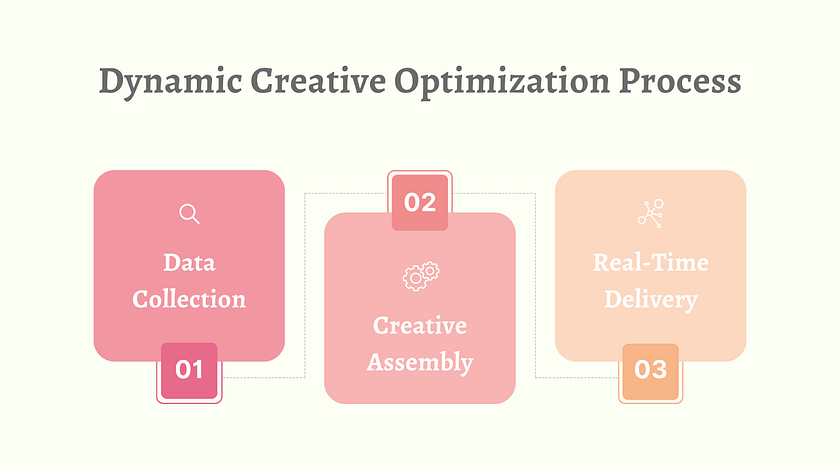Dynamic Creative Optimization (DCO): The Future of Personalized Advertising

In today’s fast-paced digital world, one-size-fits-all advertising is fading into the background. Consumers expect ads that speak directly to their interests, needs, and current context. That’s where Dynamic Creative Optimization (DCO) steps in — a data-driven approach that transforms generic campaigns into personalized, performance-driven experiences.
What Is Dynamic Creative Optimization?
Dynamic Creative Optimization is an advanced programmatic advertising technique that automatically tailors ad creatives in real-time based on audience data. Instead of running a static image or video, DCO pulls from a library of creative assets — headlines, images, calls-to-action, background colors, offers — and dynamically assembles them to match the user’s profile and environment.
For example:
- A sports enthusiast browsing on a rainy day may see a weather-relevant ad for waterproof sneakers.
- A frequent traveler searching late at night might be shown last-minute hotel deals.
This level of personalization isn’t just convenient; it’s strategic.
How DCO Works
At its core, DCO combines data signals with creative elements to deliver the most relevant ad at the right time. The process generally involves:
- Data Collection — Gathering real-time user information such as location, device type, browsing behavior, past purchases, and time of day.
- Creative Asset Pool — Preparing multiple variations of visuals, text, and interactive elements.
- Algorithmic Matching — AI and machine learning models analyze incoming data and select the optimal creative combination for that specific viewer.
- Continuous Optimization — The system learns from performance metrics and fine-tunes future creative delivery for higher engagement.
Why DCO Matters
- Higher Engagement Rates — Ads become more relevant, which naturally increases clicks, conversions, and customer interest.
- Cost Efficiency — Instead of producing dozens of different campaigns, brands can create modular creative assets that adapt automatically.
- Real-Time Flexibility — Campaigns can respond instantly to changing market conditions, trends, or even the weather.
- Scalability — Personalization can be delivered to millions of users without manual adjustments.
Best Practices for DCO Success
- Start with Quality Data — The accuracy of personalization depends on the quality of audience insights.
- Create Modular Assets — Build flexible, interchangeable elements for easier optimization.
- Test and Learn Continuously — Let the algorithm run experiments and measure what resonates most with different segments.
- Ensure Brand Consistency — Even with dynamic variations, the brand tone and identity should remain recognizable.
The Future of Advertising Is Dynamic
Dynamic Creative Optimization is not just a technological upgrade — it’s a strategic shift towards audience-first marketing. As privacy laws evolve and third-party cookies phase out, the brands that can use first-party data creatively and respectfully will lead the way.
In a crowded digital marketplace, DCO is the bridge between personalization and performance, giving brands the ability to speak to each individual without losing scale.


Comments
Post a Comment